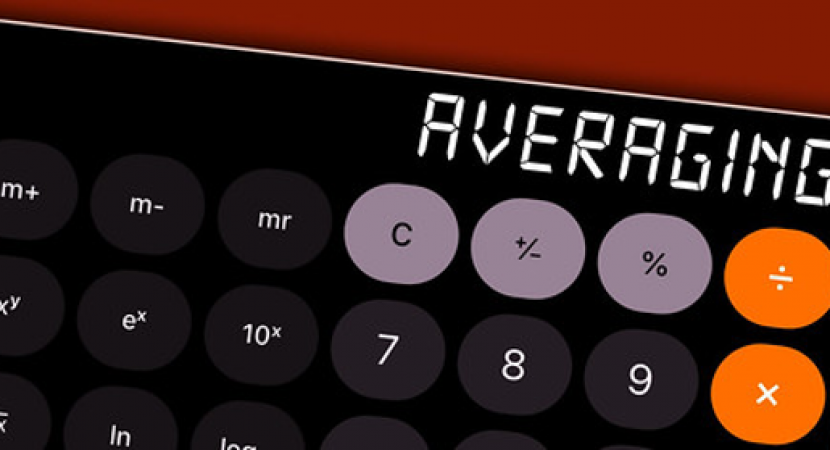Traders who are serious about increasing their wealth all employ Moving Averages. These tools average out a price for a certain period of time. There are four different varieties of moving averages, but the most popular are Simple Moving Average (SMA) and the Exponential Moving Average. We’ll go over how to use these two averages and when it comes to EMA vs. SMA, we’ll help you find the best one for your needs.
What Does a Moving Average Tell Traders?
Moving averages are important tools as they help traders by cutting
through the distractions plastered on a price chart. Reading a moving average
is also very simple. A simple line on a chart, if the average is tilted up than
that indicates the price is moving up as well. If the price is falling, so will
the line. If the line is moving sideways then the price is most likely a part
of a range.
What the Difference Between an EMA and a SMA?
The main difference between an EMA and a SMA are the weighted data points in each equation. In the case of the SMA, every price point of the selected time frame will carry an equal weight as the SMA runs for long period of time. On the other end of the spectrum, the EMA places far more value onto the most recent prices. If it is a much faster-moving calculation. But determining a price moving average will still work the same way for both the EMA and the SMA. Traders will compare the price moving average’s dynamics to the price action. A signal indicating that a trader should buy will appear once the instrument price surpasses the moving average. If the price drops lower than its moving average, that is typically a signal for the trader to sell.
How Can an EMA or SMA Help Traders?
Moving averages are incredibly helpful tools for traders. The market won’t simply tell traders when is the best time to get in or out of the market. Traders need tools like the EMA and SMA to help them follow price trends. These tools enable traders to act in accordance to what is playing out in the market. They will have better guidance as to when to buy and sell by monitoring the averages of prices fall and rise. Moving averages don’t just have to be fixed to prices. They can be applied to indicators as well. Interpreting the indicator moving averages is not so different from analyzing price moving averages. When the indicator surges beyond its moving average, that means an ascension of the indicator movement is most likely to carry on and vice versa.
While you will still need to conduct research and manage your risk responsibly, moving averages are invaluable tools that allow you to make informed choices about when to enter and exit the market. Once you implement the moving average that works with your investing style, you will witness firsthand how these calculations can assist you in building your portfolio.


